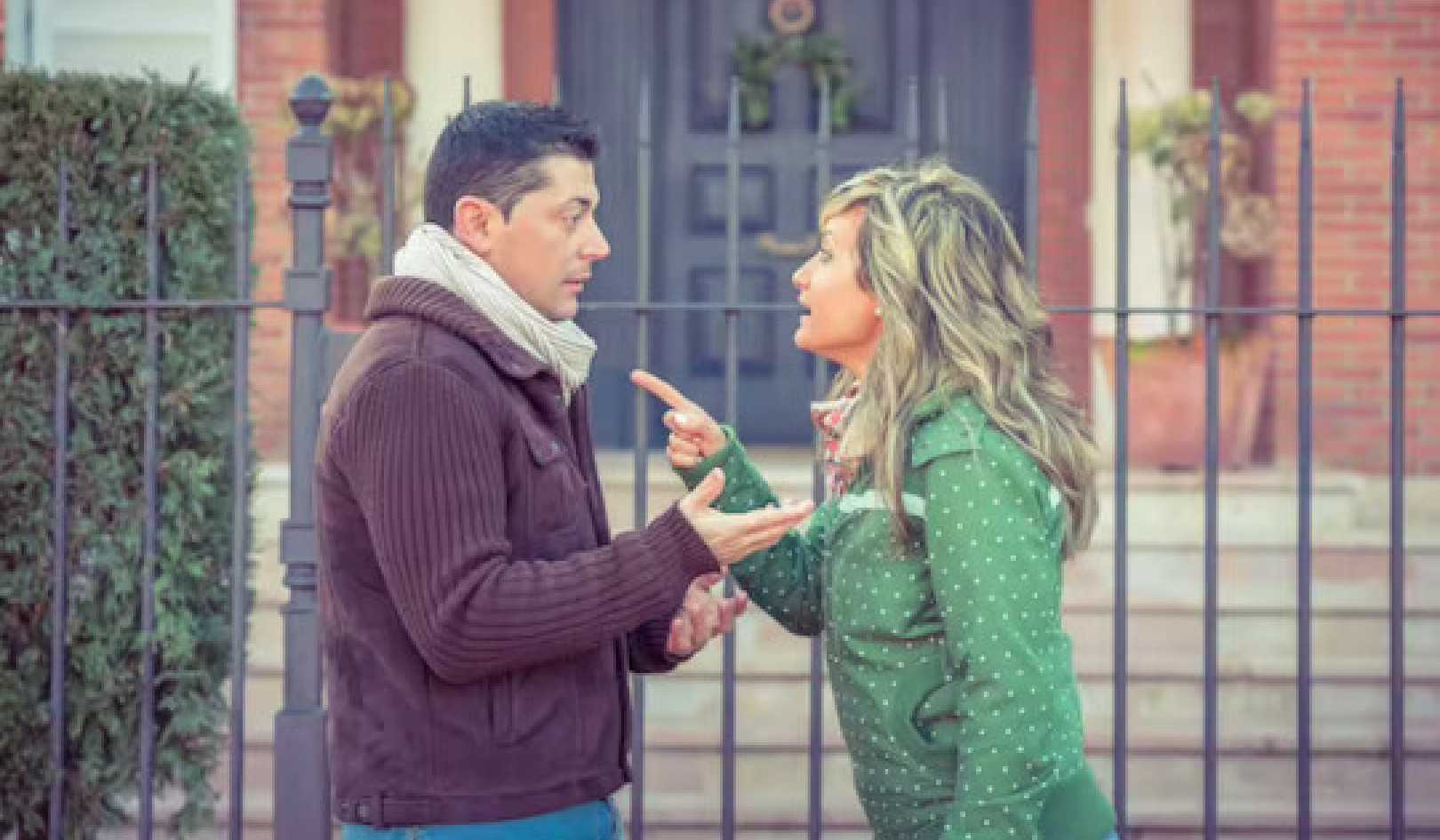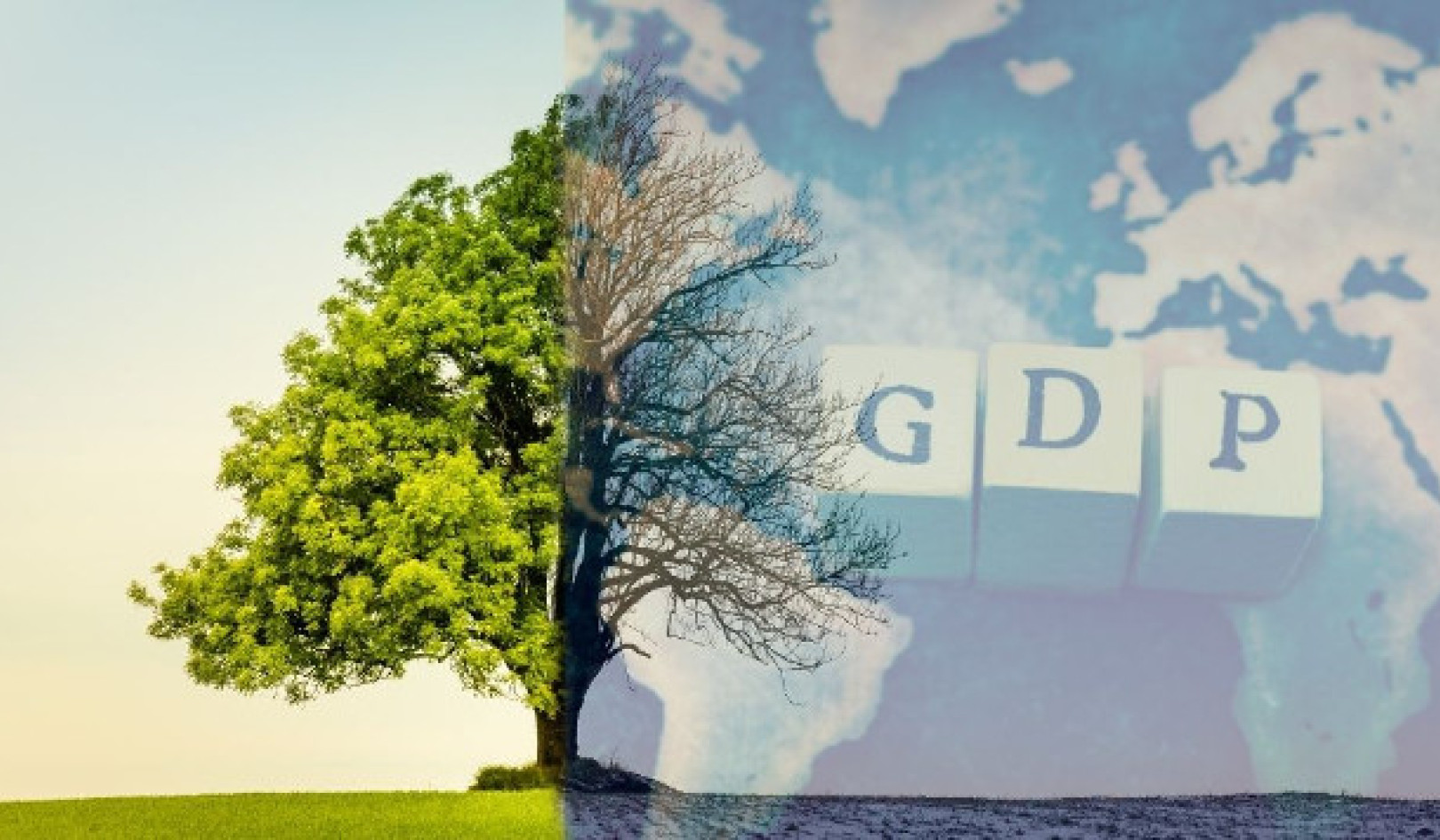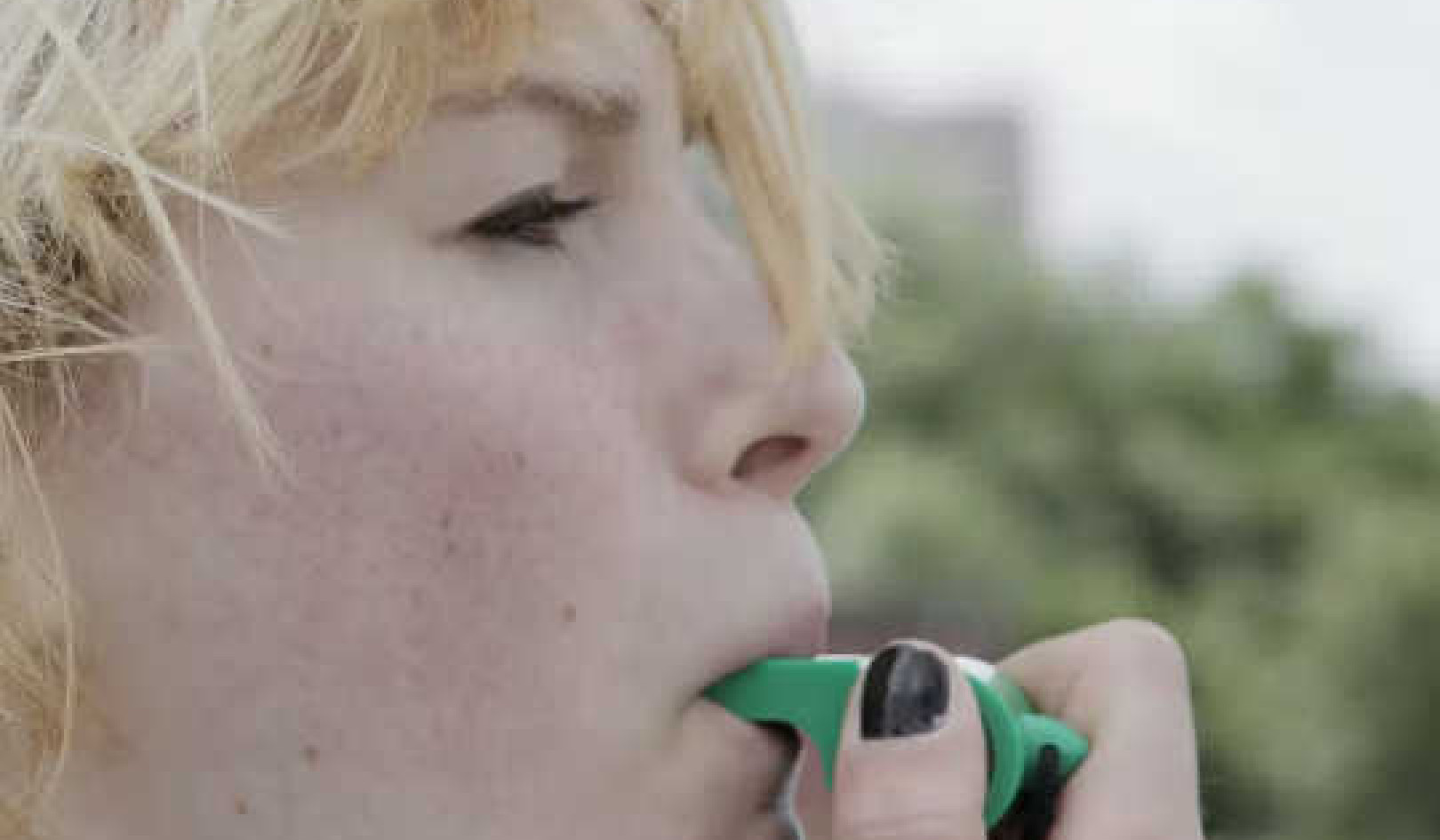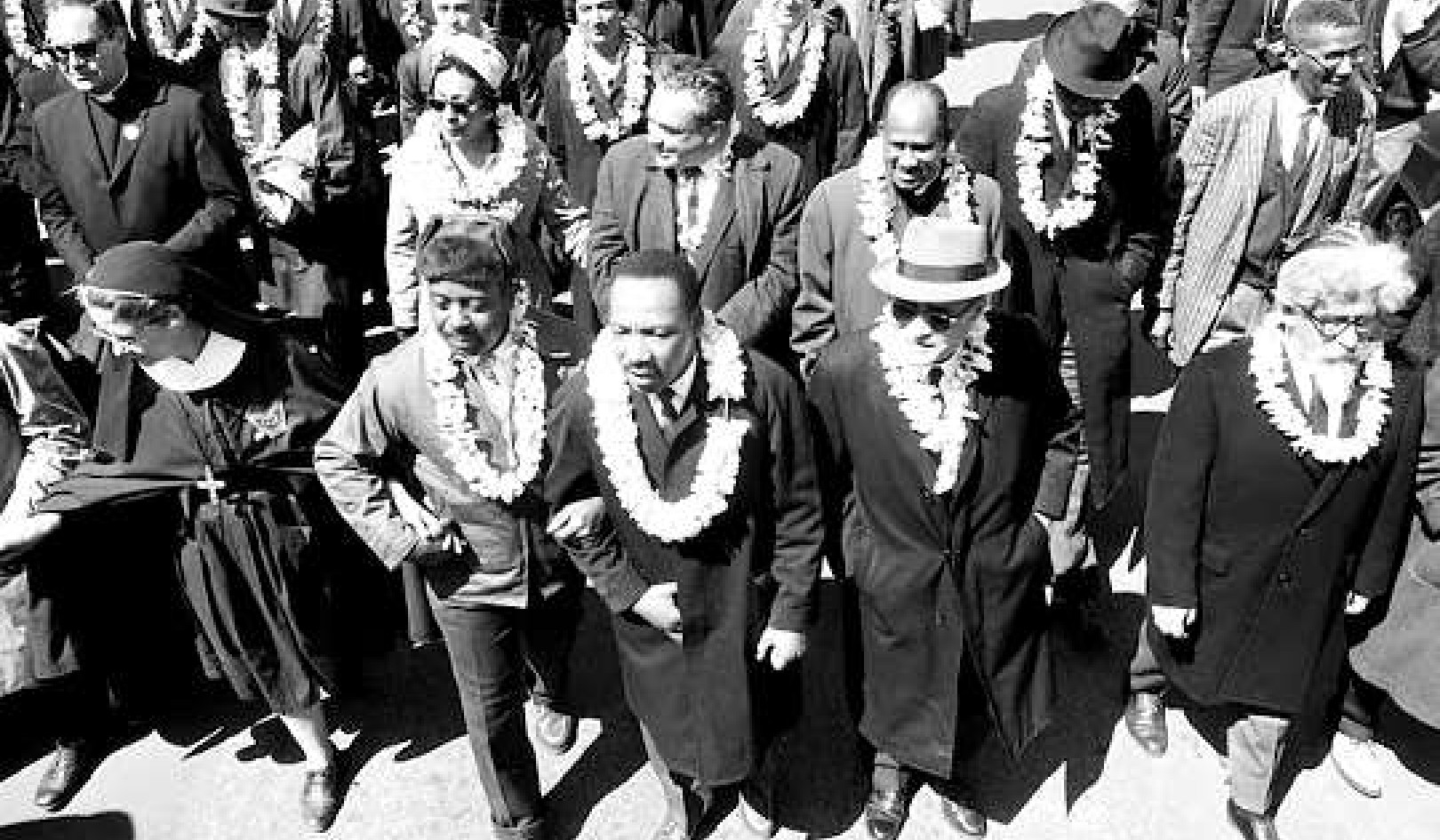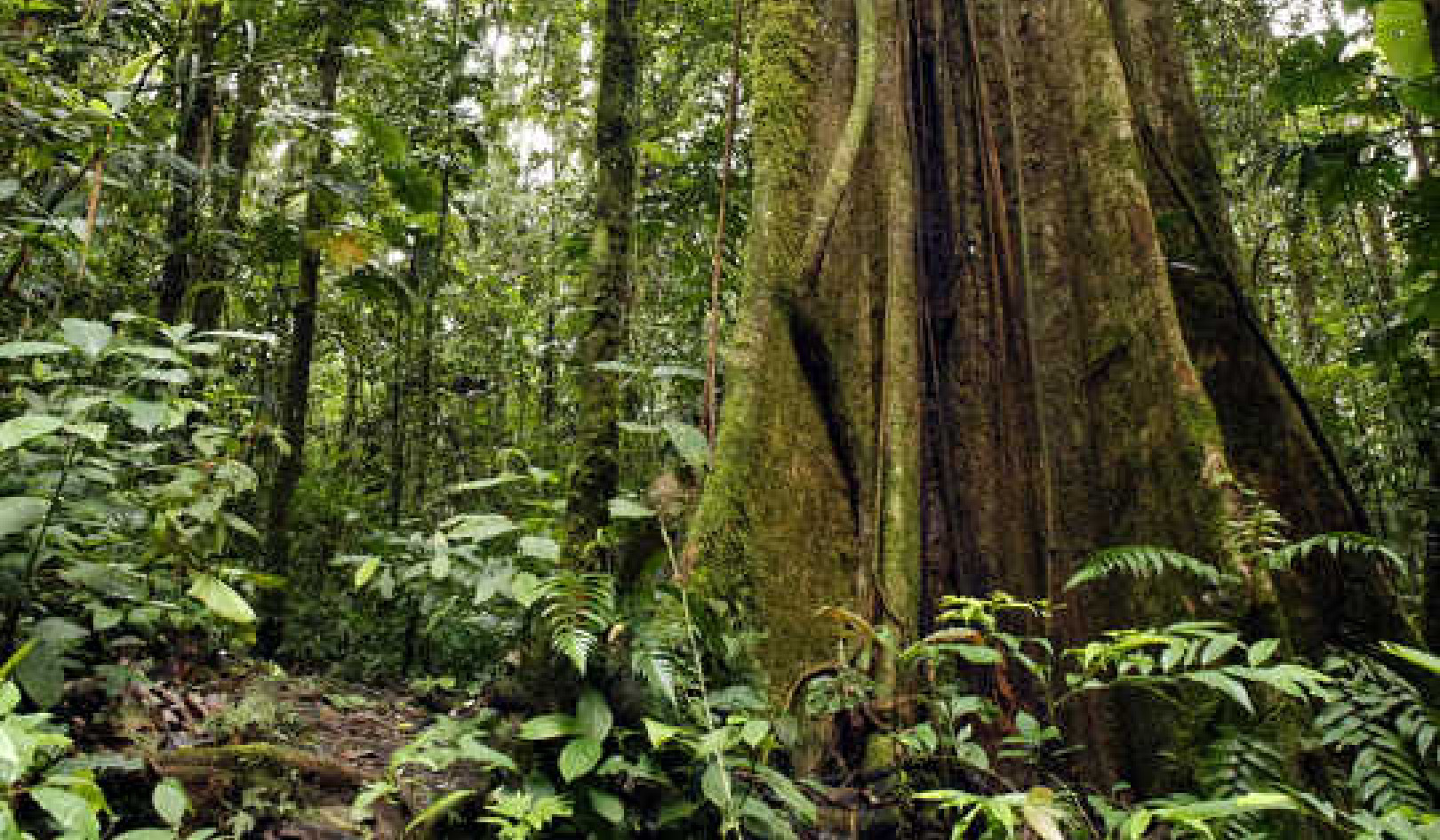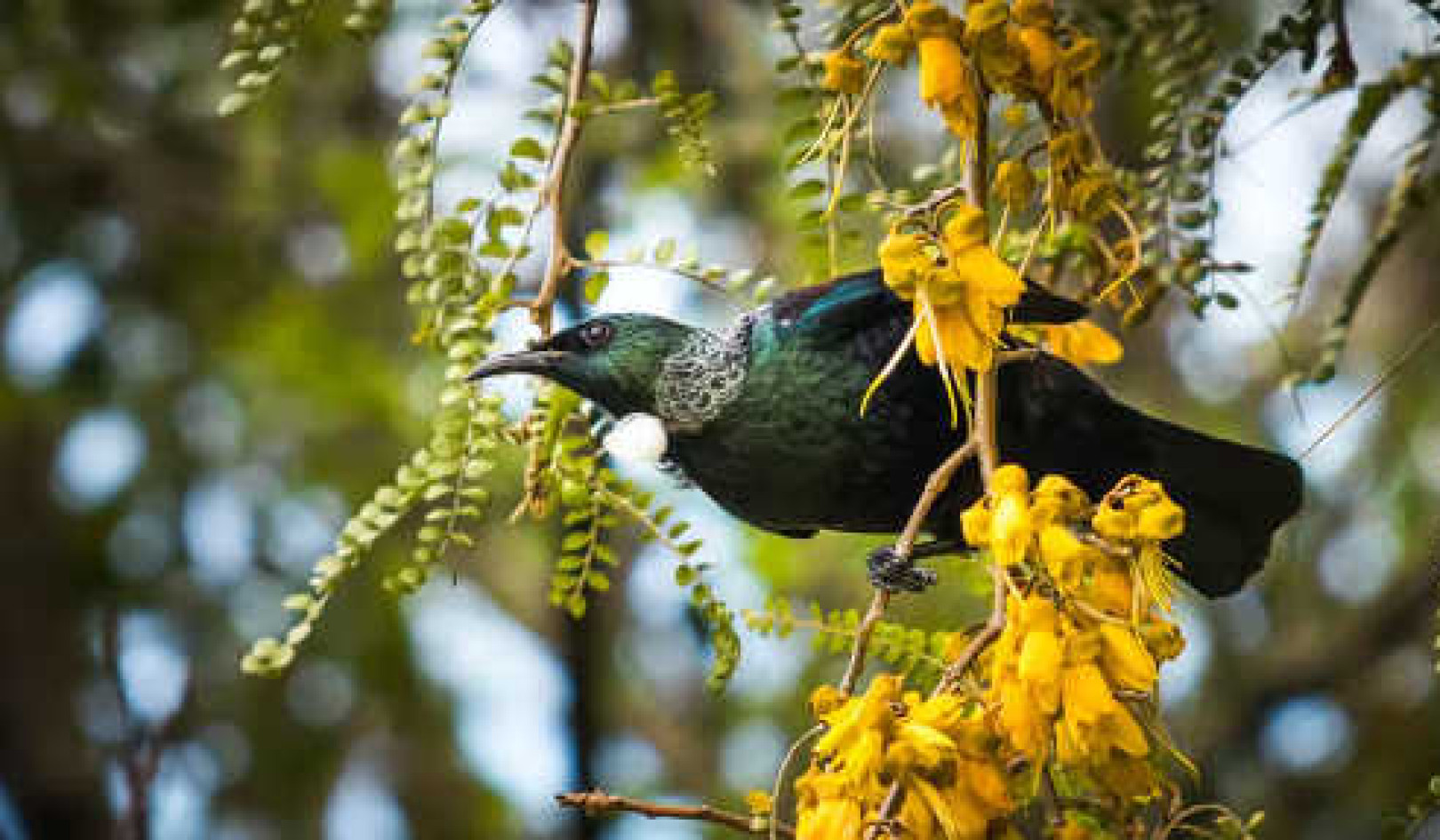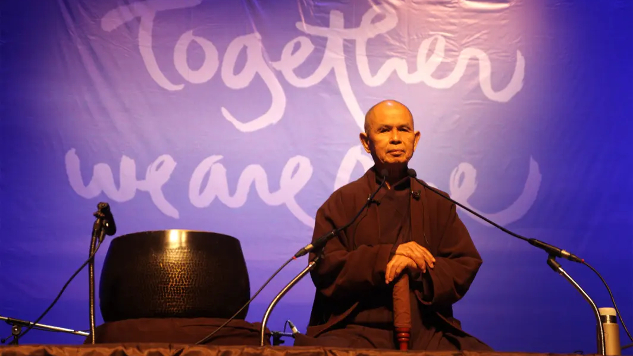
Ironically, as a lifelong war protester, I have a war to thank for bringing Thích Nh?t H?nh into my life. Our connection began in 1966, long before we actually met. I was twenty-two years old and just graduating college. I faced the military draft, which could send me to Vietnam as a US soldier. Th?y, at forty, had already been a monk for twenty-four years and was building the School of Youth for Social Service—thousands of courageous young people dedicated to relieving suffering on both sides of the conflict.
Th?y was suspect in his country because officials thought he was sympathizing with the enemy. They were right, although he called it compassion. He did not believe in killing. Likewise, I was suspect in my country because I did not believe in killing.
Doing the Best We Can
I stood with millions of young people to try to stop our part of the war. The United States was committing unspeakable violence against the Vietnamese people. I marched, participated in nonviolent civil disobedience protests, was tear-gassed and arrested.
Day after day, my young friends and I watched heartbreaking images on TV—endless streams of bombs dropping from B52s, fiery explosions on radiant green below, napalmed bodies and scorched villages, and the horrifying photo of the Buddhist monk who set himself on fire in protest. I knew that the war was deeply wrong.
Instead of going to war, I began teaching US History in high school in the fall of 1966. It turned out that teaching high school was considered a “national defense industry,” which made me exempt from the draft. I still opposed the war, so what did I do? I began the school year with a unit of study on it.
During this period, the army drafted my younger brother, Mike, and sent him to Vietnam. He had not done well in high school and had dropped out of community college afterward. Mike was not critical of the war. Like many US families at the time, ours was split by having one soldier son and one protesting son.
While I was teaching young people about the Vietnam War as best I could, Mike was driving supply truck convoys to the front lines near Pleiku as best he could. At the same time, Thích Nh?t H?nh and his friends were helping people rebuild villages and treating napalm burns as best they could.
Inner and Outer Repercussions
One morning, in the middle of class, the loudspeaker boomed: “Mr. Bell, please report to the principal’s office immediately!” When I arrived, a man in an Air Force uniform was standing there, fuming. He was the father of Linda, one of my students, and the commander of the local Air Force base. He had recently returned from a tour as a pilot in Vietnam.
In my history class the day before, Linda, a sensitive girl, had listened to a guest speaker talk about the anti-personnel bombs used in Vietnam that drove bits of shrapnel deep into anything and anyone nearby. The speaker gave graphic descriptions of how the shrapnel tore through people. Horrified, she went home and asked her father if that was true. His response was indignation at me. “How dare you fill the minds of the students with propaganda!” he fumed. “I’m going to have you reprimanded!”
At the end of that school year I was fired for “being too young and too radical,” even though I had tried my best to incorporate multiple viewpoints of the war into my history class. That same year, my brother came back from Vietnam, and Th?y began his thirty-nine-year exile from Vietnam.
My brother, basically a tender-hearted young man, had been led by the conditions of war to commit heart-wrenching violence against Vietnamese people. He returned traumatized and felt unwelcome in his own country. I listened to his stories with as much compassion as I could, feeling even more deeply the fundamental wrongness of the war.
Meanwhile, although Th?y was now exiled from Vietnam, he had cultivated a deep mindfulness practice and could be “home” anywhere. He lived for decades in France, participated in the Paris peace talks that ended the war, assisted boat people escaping the war, continued to support practitioners in Vietnam from a distance, and always worked for inner and outer peace.
Reverence for Life: The Missing Peace
Over the next decade, I continued to protest the Vietnam War until it ended. I lived in Harlem and taught Black and Latino young people in community schools, helped organize against the US intervention in Central America, and worked for the abolition of nuclear weapons. These years were both exhilarating and exhausting.
Exhilarating because I was working alongside people of all races and backgrounds who were trying to create a more humane, just, and peaceful world. Exhausting because we had very few ways of healing our grief, discouragement, fear, and anger about these injustices.
I worked with peace activists who were not peaceful and with human rights workers who couldn’t extend rights to all humans. Many social justice activists were caught in an “us vs. them” kind of dualism. I knew something was missing.
I finally found that missing piece when I met Th?y in 1982 in New York City. I had helped organize a conference of spiritual teachers called Reverence for Life, which was held the day before a peace march to abolish nuclear weapons. Th?y, one of the speakers, said three things that touched me.
First was the suggestion to breathe three times before answering the phone in order to be more present for whoever is calling.
Second, he posed a question: “What if the world agreed to have one day on which no one would go hungry?” This seemingly simple proposal masked the great changes that would have to take place for this to happen. This was revolution posing as a good idea. Brilliant!
Third, Th?y told a story about the refugees who escaped Vietnam by boat. Thirty or forty people would crowd onto a small fishing boat to cross the sea to Thailand. If a storm came up during the journey, the people would run in panic to one side of the boat or the other. That action in a rough sea would often capsize the boat and they would perish. But, Th?y explained, if there was one among them who could sit calmly in the boat while the storm raged, their example could calm others, and the group could ride out the storm to safety. Th?y asked the audience, “Who among us can sit calmly through the storms of our day?” This spoke volumes to me about the need not to just work for peace, but to be peace.
That day, I began my slow and inexorable process of becoming first a student of Thích Nh?t H?nh and then a teacher in his tradition—a continuation of him, for which I am deeply grateful.
Peace: A Way of Being
I was drawn to Th?y initially because he had emerged from the cauldron of the Vietnam War. Then, as I began to attend retreats, I came to see that he was an authentic human being without a huge ego; he was peaceful in himself.
I could see that he obviously wanted to apply the teachings to real suffering in the present: he offered retreats and teachings for Vietnam veterans, for people in law enforcement, for people in prisons, for Palestinian and Jewish Israelis, and later for the World Bank, the US Congress, and various businesses. He was the teacher and the way of being that I had been looking for and had long tried to emulate, even before I met him.
Over the years, I experienced the blessing of watching Th?y work with Vietnam War veterans at retreats. Listening to my brother’s war stories, I knew the deep hurt among vets who witnessed and did terrible things under life-and-death pressure. My brother has never healed from it.
At retreats, Th?y would invite veteran after veteran to come up on the stage and sit face-to-face with a Vietnamese monastic. The vets would sob with remorse, guilt, and heartbreaking suffering as they asked for forgiveness. As the dharma hall swam in tears, hearts healed before our eyes. I wish my brother could have been among those vets.
Th?y’s capacity to hold the suffering of those who caused him and his people so much pain showed me that I too can continue to act against war; I can continue to help all who are affected by it, regardless of the side they are on.
Copyright 2023. All Rights Reserved.
Adapted with permission of the author/publisher.
Article Source:
BOOK: Tears Become Rain
Tears Become Rain: Stories of Transformation and Healing Inspired by Thich Nhat Hanh
edited by Jeanine Cogan and Mary Hillebrand.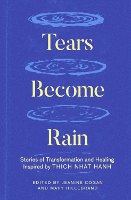 32 mindfulness practitioners around the world reflect on encountering the extraordinary teachings of Zen master Thich Nhat Hanh, who passed away in January 2022, exploring themes of coming home to ourselves, healing from grief and loss, facing fear, and building community and belonging.
32 mindfulness practitioners around the world reflect on encountering the extraordinary teachings of Zen master Thich Nhat Hanh, who passed away in January 2022, exploring themes of coming home to ourselves, healing from grief and loss, facing fear, and building community and belonging.
The stories encapsulate the benefits of mindfulness practice through the experiences of ordinary people from 16 countries around the world. Some of the contributors were direct students of Thich Nhat Hanh for decades and are meditation teachers in their own right, while others are relatively new on the path.
Tears Become Rain shows again and again how people are able to find refuge from the storm in their lives and open their hearts to joy. Through sharing their stories, Tears Become Rain is both a celebration of Thich Nhat Hanh and a testament to his lasting impact on the lives of people from many walks of life.
For more info and/or to order this book, click here. Also available as a Kindle edition.
About the Author
 John Bell lives in the United States and practices with the Mountain Bell Sangha in the Boston area, the online sanghas Listening Circle for Healing Our White Racism, Earth Holder Regional Community Builders, and Dharma Teachers Conversations. He was ordained into the Order of Interbeing in 2001, receiving the name True Wonderful Wisdom. Having dedicated his life to justice, healing, and spiritual depth, John is writing a book titled Unbroken Wholeness: Integrating Social Justice, Emotional Healing, and Spiritual Practice.
John Bell lives in the United States and practices with the Mountain Bell Sangha in the Boston area, the online sanghas Listening Circle for Healing Our White Racism, Earth Holder Regional Community Builders, and Dharma Teachers Conversations. He was ordained into the Order of Interbeing in 2001, receiving the name True Wonderful Wisdom. Having dedicated his life to justice, healing, and spiritual depth, John is writing a book titled Unbroken Wholeness: Integrating Social Justice, Emotional Healing, and Spiritual Practice.
For more info visit parallax.org/authors/john-bell/

















